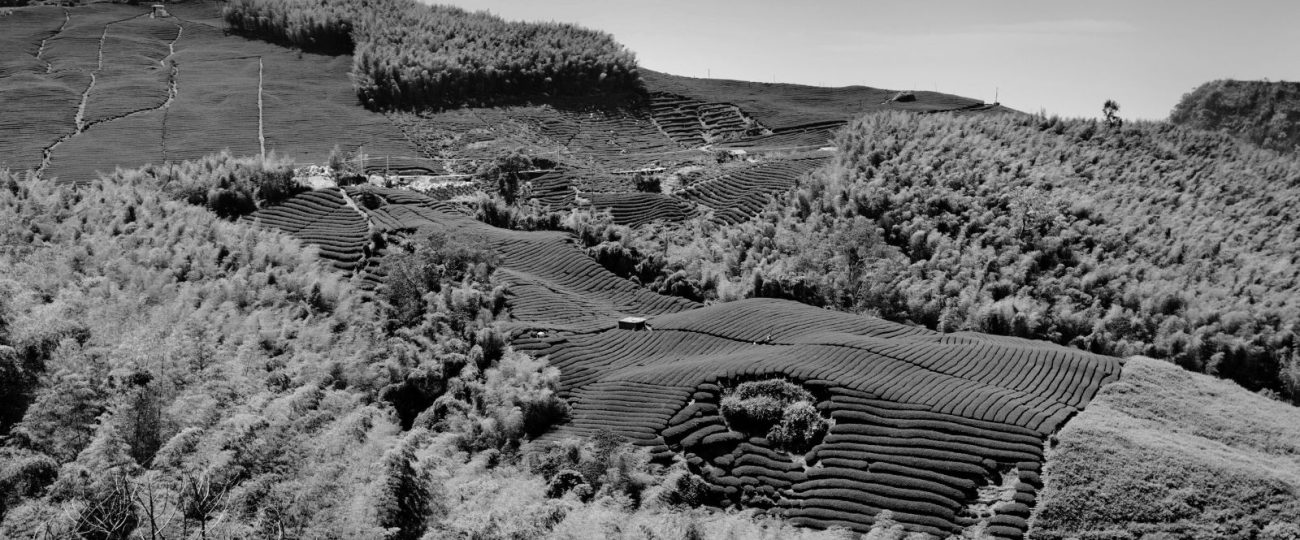What Happened On September 21st?
On the night of September 21, 1999, central Taiwan experienced an eerie calm before disaster struck. At 1:47 a.m., a massive earthquake hit, sending shockwaves across the island. The 7.6-magnitude earthquake, known as the Chi-Chi earthquake, erupted from the Chelungpu Fault near Jiji in Nantou County. Within seconds, buildings collapsed, roads split open, and entire regions were plunged into chaos as power grids failed.
People rushed from their homes in terror. In Taichung, Taiwan’s second-largest city, poorly constructed apartment buildings buckled and collapsed. Many of these structures had been hastily built during Taiwan’s economic boom, with inferior materials that couldn’t withstand the tremors. Closer to the epicenter, in Jiji, the devastation was even more severe. Entire streets lay in ruins, and the town’s iconic Jiji Train Station, a historic structure that had survived both wars and typhoons, was destroyed by the force of the quake.
The earthquake triggered devastating landslides, particularly in the mountainous regions of central Taiwan. In Dongshi, massive boulders tumbled down the hillsides, wiping out homes and trapping villagers. Some residents described the sound of the rocks grinding down the mountains as deafening, a terrifying roar that drowned out their cries for help. Many villages became isolated as the quake caused landslides to block all roads leading in and out.
In Nantou, one of the hardest-hit towns, several large buildings collapsed entirely. The collapse of residential complexes, hastily constructed during the housing boom, resulted in hundreds of people becoming trapped under the rubble. Rescue teams worked day and night, often using their bare hands to dig through the wreckage. Survivors later recounted hearing the faint voices of those trapped beneath the debris, spurring rescuers to keep working long after the initial hours had passed. The scale of destruction in Nantou became one of the central focuses of rescue operations.
At dawn, Taiwan awoke to the grim reality of the earthquake’s impact. More than 2,400 people had died, and over 11,000 were injured. Hospitals, particularly in towns like Puli, struggled to handle the surge of injured survivors. Makeshift triage centers were set up outside, in schoolyards and streets, as medical staff treated the wounded by flashlight. In some cases, surgeries were performed in open-air courtyards due to the destruction of hospital buildings.
The military mobilized swiftly, deploying helicopters to deliver supplies to villages cut off by landslides. Some remote areas remained unreachable by land for days, with villagers relying entirely on airdropped food and water. In the mountains of Nantou County, one particularly isolated village survived on limited resources, while the villagers waited for helicopters to bring supplies. Military teams made dozens of trips, delivering food and medical equipment, and evacuating the injured.
Even far from the epicenter, Taipei experienced the earthquake’s force. The unfinished Taipei 101 skyscraper swayed alarmingly during the tremors. Engineers later reinforced the design of the structure to ensure it could better withstand future seismic events. The capital city also saw glass windows shatter, water mains burst, and streets flood. Residents, fearing further aftershocks, fled to open spaces for safety.
International aid arrived quickly. Rescue teams from Japan, Switzerland, and the United States joined Taiwanese responders to search through the wreckage. In one particularly remarkable rescue, workers in Taichung pulled a man from the rubble of a collapsed building after he had been trapped for more than 48 hours. He had survived by rationing a single bottle of water and tapping a metal object against concrete, which ultimately led the rescue teams to his location.
Geologists investigating the disaster confirmed that the Chelungpu Fault had caused the earthquake. The fault ruptured across a stretch of more than 100 kilometers, reshaping the landscape. In some areas, the ground shifted by several meters. Jiji, the town nearest the epicenter, saw significant geographic changes, with parts of the land rising by over three meters. Geologists later measured the energy released by the earthquake as equal to thousands of nuclear bombs.
The aftermath revealed an extraordinary level of community support. Volunteers from across Taiwan flooded into the disaster zones, bringing food, blankets, and essential supplies. Buddhist temples and Christian churches opened their doors to provide shelter. In Taixi, a coastal town, fishermen returning from the sea heard the news of the earthquake and immediately began cooking their catch to feed survivors. Their boats became floating kitchens, and for days, they served hundreds of people who had lost their homes and access to food.
Aftershocks continued for days, each one bringing renewed fear of further destruction. Families returned to their homes, combing through the debris to find anything salvageable. In areas less affected by the quake, markets reopened, offering much-needed goods to displaced families. The road to recovery was long, but Taiwan’s people worked together to rebuild their lives. Communities gathered in makeshift shelters, neighbors offered support, and volunteers remained on the ground long after the initial days of the disaster, helping to restore some sense of normalcy to those who had lost so much.





